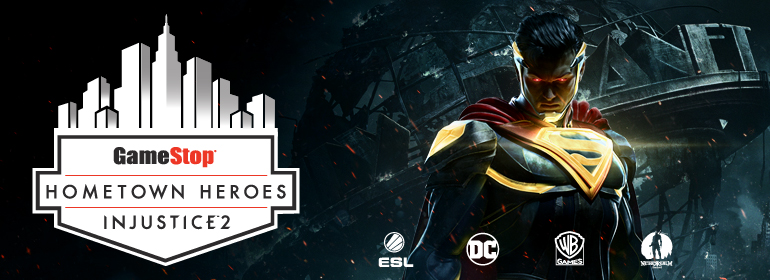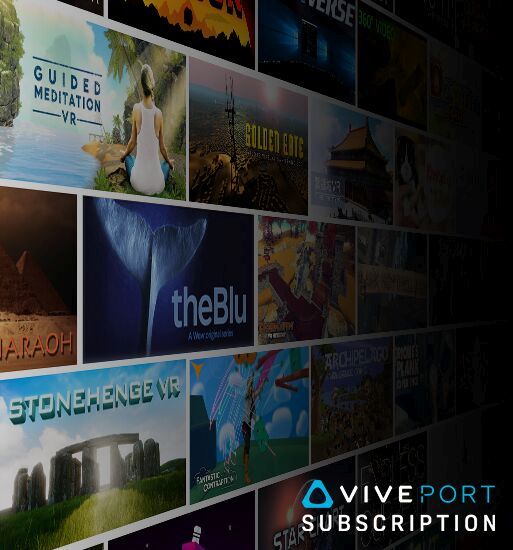Knowing very well that consumers are fleeing the course of walking into physical banking locations, financial giant Capital One is positioning itself to function and feel like a tech company.
Whether being the first company to integrate any sort of financial services with Amazon’s virtual assistant Alexa, speaking emoji through a SMS text-based intelligent assistant or recruiting the tech talent to make such activations a reality in their newly built, tech-savvy campus, the acceleration of Capital One’s digital transformation is fully in force.
The reason is rather simple: consumer expectations from financial services providers are changing.
The Fortune 500 company has pockets that are $313 billion deep, and in order to keep building on their own accounts, they decided to fundamentally change their operational strategy and mindset of traditional bankers—which is how they focus on verticals like the cloud and artificial intelligence—robo advisors, anyone?—to drive new business just as much as opening a small business account.
Amy Heidersbach, vice president of digital marketing for Capital One, joined AListDaily to share how they are connecting with consumers.
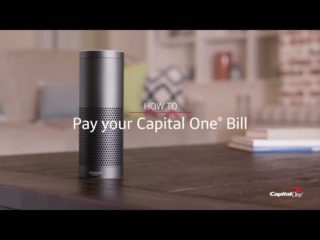 Can you take us through your day-to-day with some of the responsibilities and the strategy that you oversee?
Can you take us through your day-to-day with some of the responsibilities and the strategy that you oversee?
We have an enterprise organization that builds digital products and experiences for all of our customers for what we call our “lines of business.” That includes the Capital One servicing app. It’s an experience that engages with customers, whether they have a credit card, bank account and home or auto loan with us. So that’s what we mean by enterprise. The same is true for our integration with Amazon Alexa, one that we’ll be an early partner for with Cortana. Those aren’t product specific. Those are enterprise experiences that are born digitally, and speak to the customer where they are, and where they might want to interact with Capital One. I run marketing essentially defining value props for those products, and working with my marketing partners across the organization to take those products to market. We also launched our platform externally last year. Developers are now a target for us. I’m also responsible for really reaching out to the developer and partner community to help us co-create those digital experiences.
Are consumers adopting to Capital One’s tech-focused integrations, such as Alexa?
What’s interesting is that people want to know even more than what we initially anticipated. We recently launched a couple of new features, like the “how much did I spend?” feature at the Grace Hopper conference. People are absolutely moving to screen-less experiences—and they are largely voice activated. Consumers have an appetite for getting into the details. They want to know, for example, “how much did I spend at Banana Republic last year?” We’re enabling people to engage in a deeper level since the announcement a year ago by getting more information through voice activation about their accounts. We also have learned that they ask some crazy questions! With the announcement of our gender-neutral chatbot Eno in March, we’re learning some interesting things between the intersection of technology and humans.
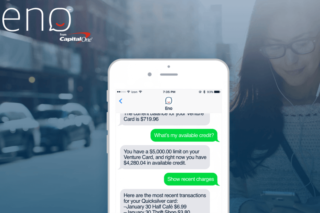
Why is it important to leverage new marketing technology in verticals that are not your bread and butter?
In my opinion, as a modern marketer, it’s ultimately the customer that owns the brands. It’s the customer that owns the experiences. If brands really understand that, they actively build moments of interaction, technology and experiences that go where the customer is. I think banks were really great at this for decades—where “customers must come to us,” right? We are the center. We are the hub. They will come to us. In fact—the opposite is true. The customer is the hub of their financial life, and their life in general. We must go where they are, and that’s to their smart phones and new devices that are coming into their homes, or technology that’s being integrated into the platforms for cars, for example. We have a real commitment as a technology company to going where our customers are, and where they want to interact with us. We absolutely want to change banking, and do it in a way that enables the industry to be elevated, and all of the customers to be elevated to change banking for good. We know that that requires things that are atypical in this space. It was first considered a radical idea, but we were the first bank in the US to use an open API platform a year ago. We also give people access to their data. Those are some pretty radical ideas in the banking space, which has mostly been pretty insular and highly regulated. We look very different than the way technology companies operate, but that’s changing very fast.
How are the marketing strategies changing across your industry? What are some new opportunities that you’ve identified?
It’s not one-way communication, it’s definitely two. In the same spirit that we want to put our marketing experiences where customers are, we want our marketing and the conversations to be where they are, too, so that it’s much more organic, authentic and social. Even on-the-ground conversations, like the ones we do with our experiential activations at places like SXSW. We want to create intimate and connected experiences with our guests. The same is true in terms of our point of view around overall marketing. Yes, we have great ad campaigns. But the real marketing comes in the content and the conversations that we provide in a one-on-one environment, largely digitally, but sometimes physically.
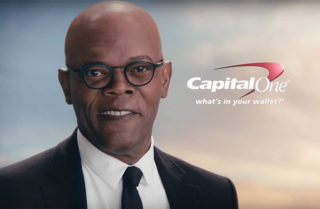
In addition to Samuel L. Jackson and Jennifer Garner, what insights can you share about your other influencers?
We have seen our Net Promoter Scores (NPS) go way up around things like innovation, customer service, approachability and trust. We believe that the people we choose to associate with help embody the spirit in the personality that helps drives those NPS scores and attributions for us. We’ve seen influencer marketing work really well. At SXSW, we had five influencers at the Capital One House at Antone’s through the entire week. We have a really light hand with influencers. We love them because they are authentic voices in their communities. We try to bring them into the fold, just as you would with a friend, and give them insight. Influencer strategy for us is really about choosing the right, like-minded people and giving them as much access and information as we can, and letting them do what they do best. It’s not overly contrived. It’s really natural.
Why is SXSW such a big part of your experiential marketing strategy?
This year marked our third year in Austin as a title sponsor. We’ll be there again all the way through at least 2019. The more we can focus our presence, the better. This year we spent the same amount of money and activated at a bigger level, but we did so at one location, rather than multiple ones like last year. We believe in the notion of an intimate destination. The experiences we bring and create indicate a lot about what we believe in, and what’s going on at Capital One right now. The entire experiences that we bring to Austin each year is about being beta brave. Whether or not you work in technology, or know the technicalities behind launching a product, being beta brave is a spirit and attitude to courageously think differently. We believe people who come to SXSW already have that in their DNA. We want to give them a peek at what we’re doing ourselves from a product, design and marketing standpoint.
How are you creating content to exemplify that?
In the spirit of co-creation and integrated marketing with partners, those are the best stories to tell the story on how the technology works. We like to tell our stories through the lens of our partners, like Amazon, especially from a digital and technology perspective, and help enable ecosystems to build great products and experiences through Capital One. We celebrate the stories of our customers. At some point, it’s about us. But we don’t exist without our customers. If we’re here to change banking for good, then we have to change the goods for consumers.
Follow Manouk Akopyan on Twitter @Manouk_Akopyan

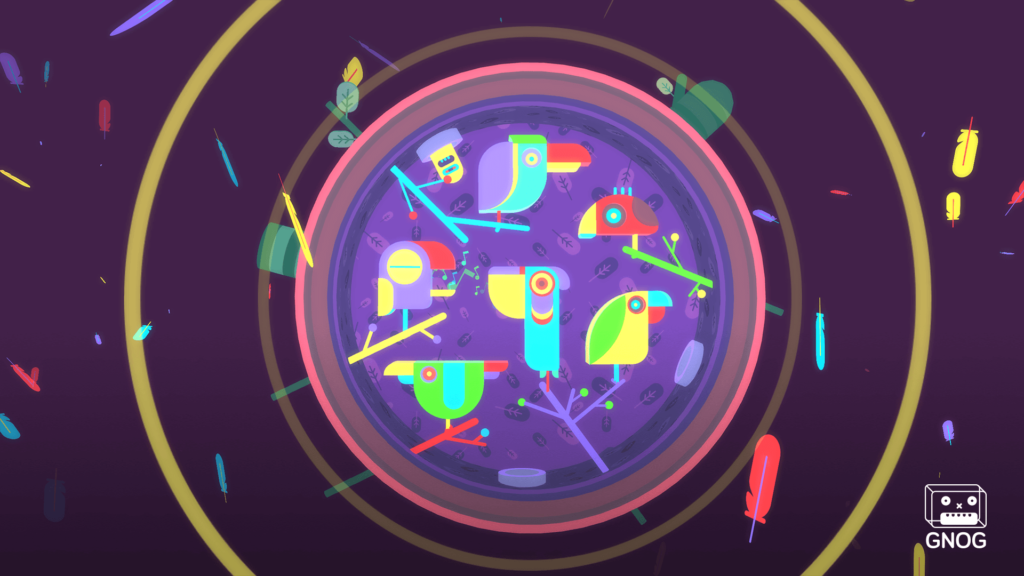
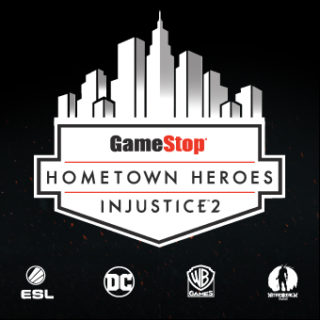 Eric Bright, senior director of merchandising at GameStop, told AListDaily that a lot of the esports competitions around the world today are focused exclusively on professional gamers.
Eric Bright, senior director of merchandising at GameStop, told AListDaily that a lot of the esports competitions around the world today are focused exclusively on professional gamers.